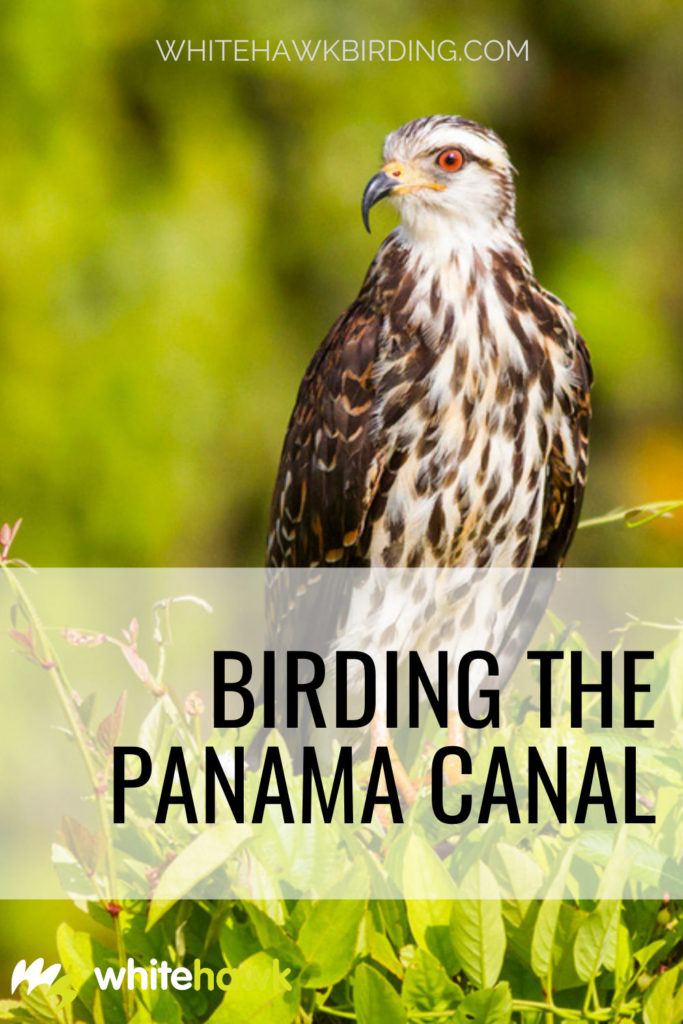Birding around the Panama Canal is some of the best Panama has to offer. Time spent here offers the chance for an incredible wildlife experience. It also affords one the opportunity to explore the fascinating history that helped shape Panama’s future, its policies about conservation, and, in part, its culture.
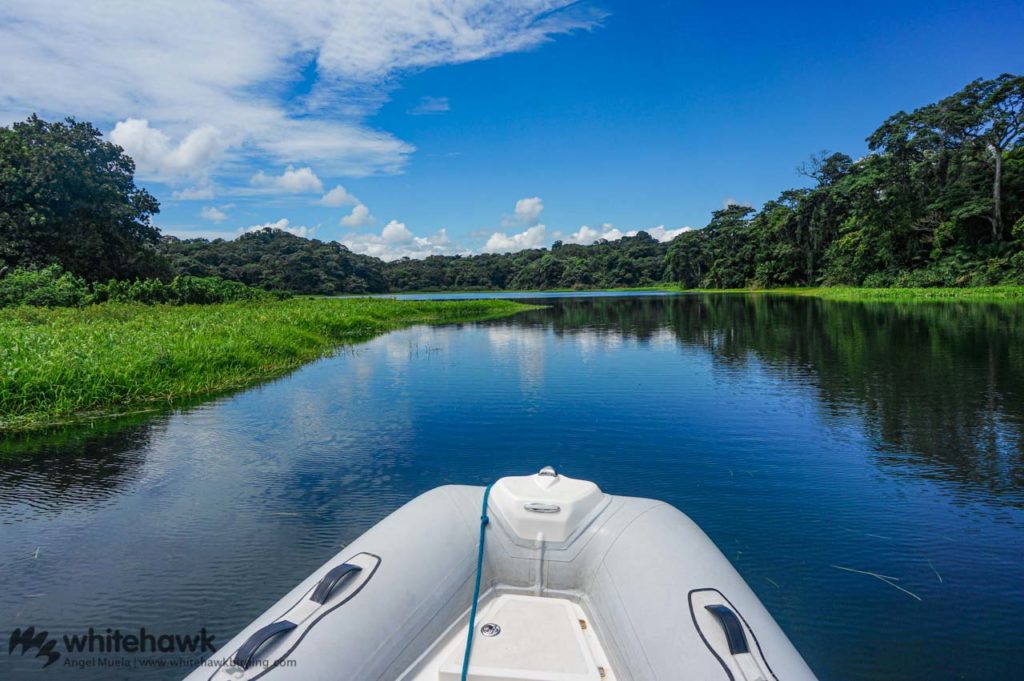
A Brief History of the Canal
The Panama Canal is, perhaps, one of biggest and most complicated feats of engineering ever undertaken. Cutting through the Isthmus of Panama, the canal spans 82 km (51 miles), and connects the Pacific and Atlantic Oceans. It is in operation 24 hours a day, 7 days a week all year round. The canal sees roughly 30-40 ships pass through its series of locks each day.
Panama celebrated the 100 year anniversary of the completion of the locks in 2014. While today it runs seemingly like clockwork, the path to get to this point has been a tumultuous one. France began construction on the canal in 1881. However, they abandoned the project due to engineering issues and high worker mortality. Sadly, accidents and disease, particularly mosquito-borne illnesses, plagued early attempts to construct the canal.
In 1904 the U.S. took over the construction. After ten long years, the canal opened for business in 1914. However, the fact that the United States was in control of the area around the canal during construction and long after, was a source of conflict, as it kept large swaths of territory off-limits to Panama’s citizens. Protests and civil unrest followed. In 1977, Panama’s Head of State, Omar Torrijos, and U.S. President Jimmy Carter signed a treaty that would hand over full control of the canal and its surrounds back to Panama. At the end of 1999, control of the canal reverted back to Panama. It is now managed and operated by Panama’s Canal Authority (ACP).
Recently, the ACP expanded its operations to allow for the passage of larger ships with the construction of a new, larger set of locks. This expansion, itself rife with delays and drama, was completed in June 2016.
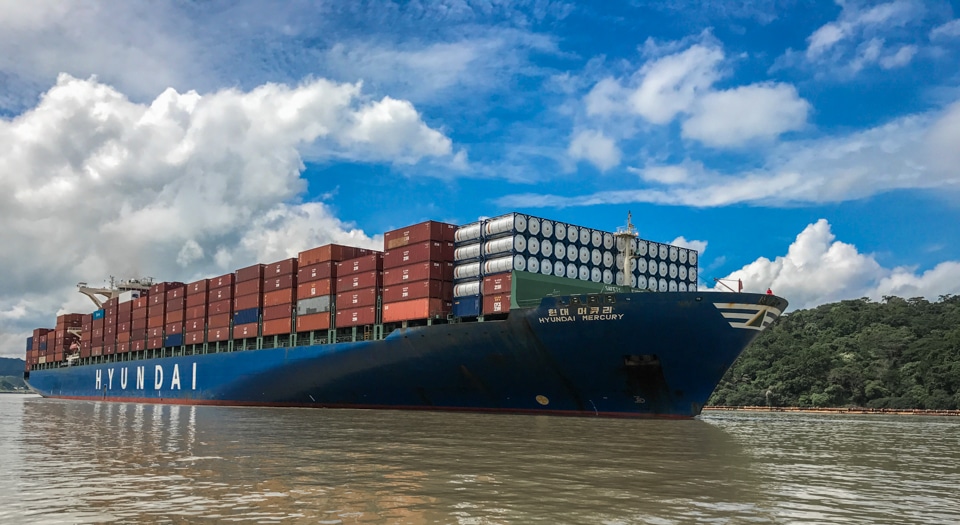
Gatun Lake and Monkey Island
Between 1903 and 1917, engineers dammed the Chagres River to form Gatun Lake. At that time, it was the world’s largest artificial lake. Today, the ACP continues to use the water from this lake to run and operate the canal. Each time a ship passes through the locks, millions of liters of water are used. The Chagres River is also the main source of drinking water for the millions of inhabitants of Panama City and Colon.
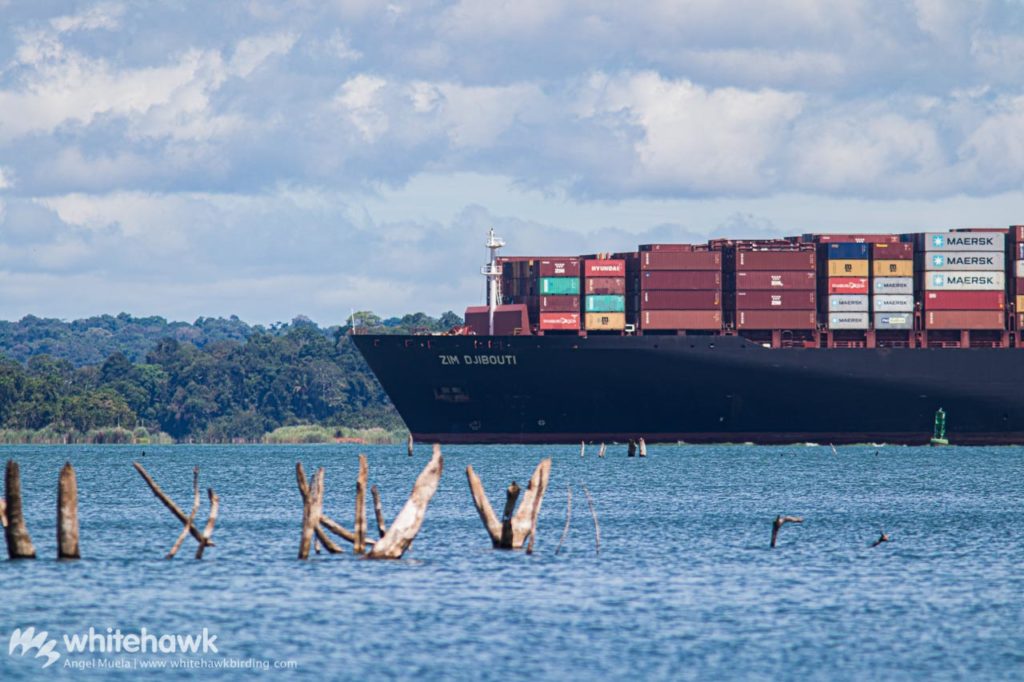
When the rising waters flowed into this ancient forest, trees became submerged and hill tops became islands. Even today, when waters are low, you can still see the remnants of the dead trees – their trunks sticking up just above the water. The islands that formed are now famous for wildlife viewing and important research areas. Barro Colorado Island serves as a base for the Smithsonian Tropical Research Institute. And, one small island, dubbed Monkey Island, is often atwitter with the bustling of White-faced Capuchin Monkeys.
Birds of the Panama Canal
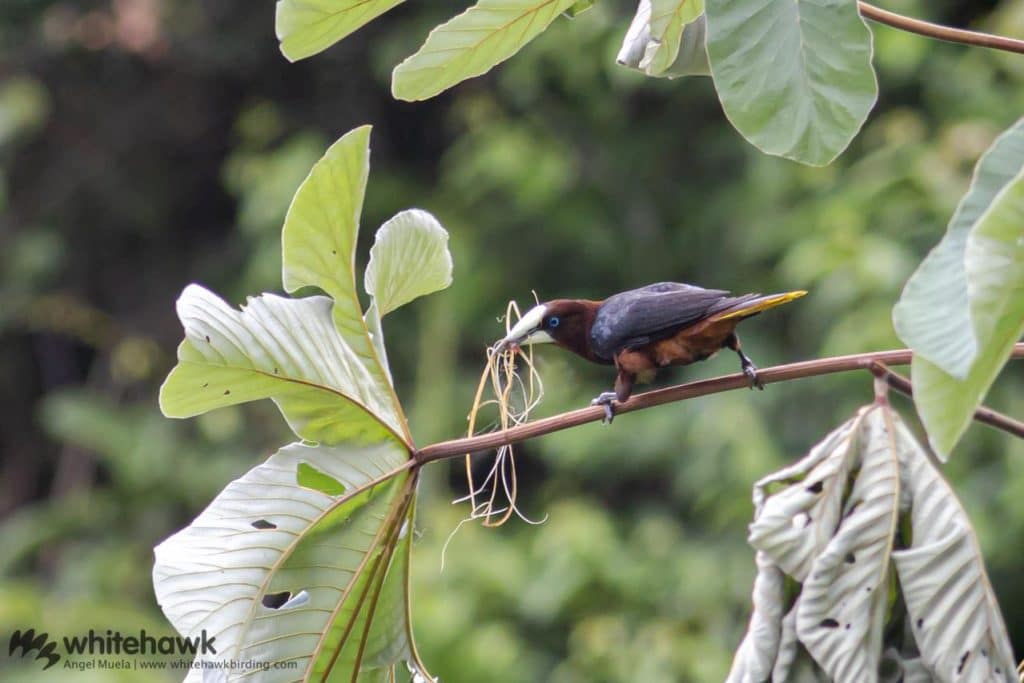
In 1980, the Panamanian government created Soberania National Park, a 55,000 acre forest that spans much of the length of the canal. The protection afforded to this forest via its National Park status park also serves to protect the watershed vital to the operation of the canal. The park is home to famous Pipeline Road, which runs alongside an extensive pipeline built during WW2. Engineers designed the pipeline to transport oil or gas from one end of the canal to another. This served as a precaution in case one end of the canal was attacked. Thankfully, the government never had to use the pipeline. Today, the Pipeline Road serves as a gateway to the park for birders and wildlife enthusiasts, who have documented over 450 bird species here, including Blue Cotinga , Yellow-throated Toucan, Golden-collared Manakin, Streak-chested Antpitta, Brownish Twistwing, and the elusive Rufous-vented Ground-Cuckoo.
On the Caribbean side, just a few kilometers from the Gatun Dam, we find Achiote Road and Fort San Lorenzo. Overlooking the mouth of the Chagres River, the ruins of this old fort bring us deeper into the history of this small country. Among the ruins, along the rivers and within the surrounding forests some spectacular birds abound. White-tailed Trogon, Spot-crowned Barbet, Montezuma Oropendola and Red-breasted Meadowlark can be found while birding the Panama Canal from the Caribbean side.
It is interesting to note that the Panama Canal inspired the first bird guide of the Neotropics. Bertha Bement Sturgis, who spent three years in the Canal Zone, wrote the book entitled Field Book of Birds of the Panama Canal Zone. This book, published in 1928, was a volume of Putnam’s Nature field Books.
Wildlife of the Panama Canal
Birdlife is clearly abundant here, however, we would be remiss not to mention the hundreds of other mammals, reptiles, amphibians, and invertebrates we can find. While the dense forest can make spotting elusive wildlife, such as Ocelots and Red Brocket Deer, a real challenge, visitors to this area see many other incredible creatures with some regularity. Visitors, perhaps, most frequently see monkeys and sloths. White-nosed Coatis and Northern Tamanduas often make an appearance. Visitors might spot Green Iguanas, Basilisk Lizards and even the occasional spectacularly colored Oriole Snake. In rainy season, the Talamanca Rocket Frogs sing throughout the day.
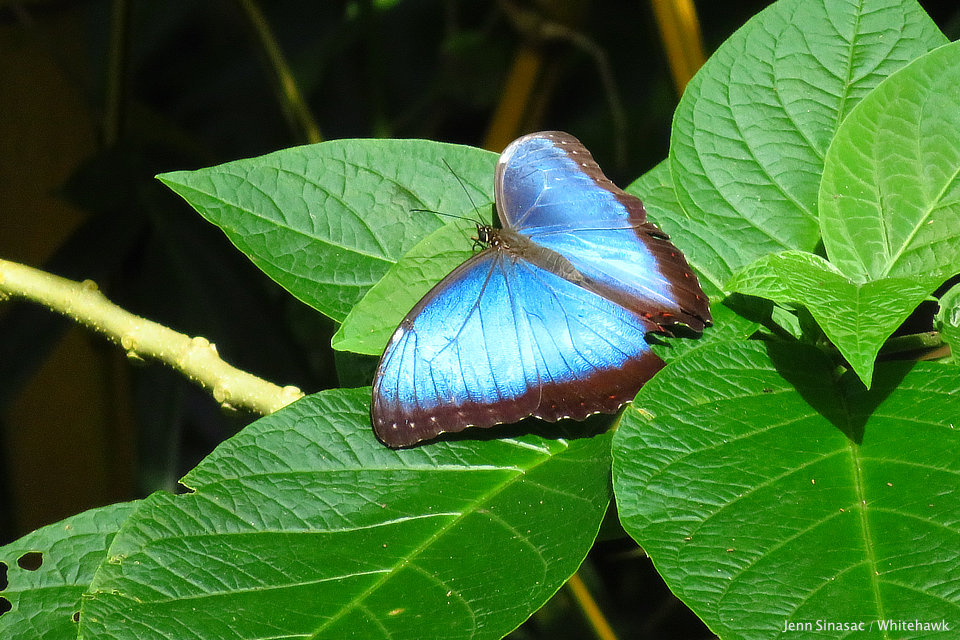
As one might imagine, we can find invertebrates here in staggering numbers. Close to 1,800 butterflies alone make their home in Panama. Along the canal, one shouldn’t miss a chance to see the stunning Blue Morpho butterfly. Meanwhile, other invertebrates, such as the Helicopter Damselfy and Orb-weaver Spider, add to the enchantment of this forest.
Boat Tours on Gatun Lake
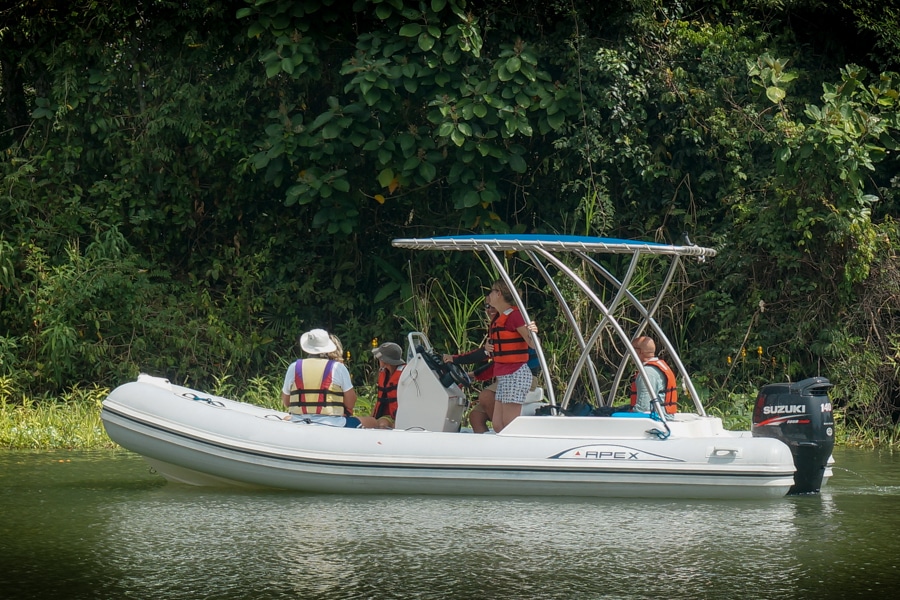
Apart from the big container ships that transit the Panama Canal, smaller boats also share part of the waterway to access the coves of Gatun Lake. While birding the Panama Canal by boat, one gets a different, more open, perspective of forest life. Of course, the species we find here vary slightly from those we would encounter if hiking inside of the forest. Snail Kites, Wattled Jacanas, Ospreys, Limpkins, Little Blue Herons, different species of monkeys, turtles, caimans, crocodiles and many other creatures can be easily seen. Often times, we can get much closer to these animals than we would in the forest, which makes it a wonderful photographic opportunity.
In addition to enjoying an intimate encounter with the Canal Watershed wildlife, visitors can also get a front row look at the multiple container ships that are transiting the Canal. Visitors can see the powerful tug boats in action as they assist the ships’ movements. Or they might pass the enormous dredgers that continuously work to make sure the depth of the Panama Canal is what is required for the safe passage of the maritime transit. Nowhere else in the world can you come across both the amazing wildlife of a tropical forest and the humbling experience of being next to the giant container ships that travel around the world, all in one morning!
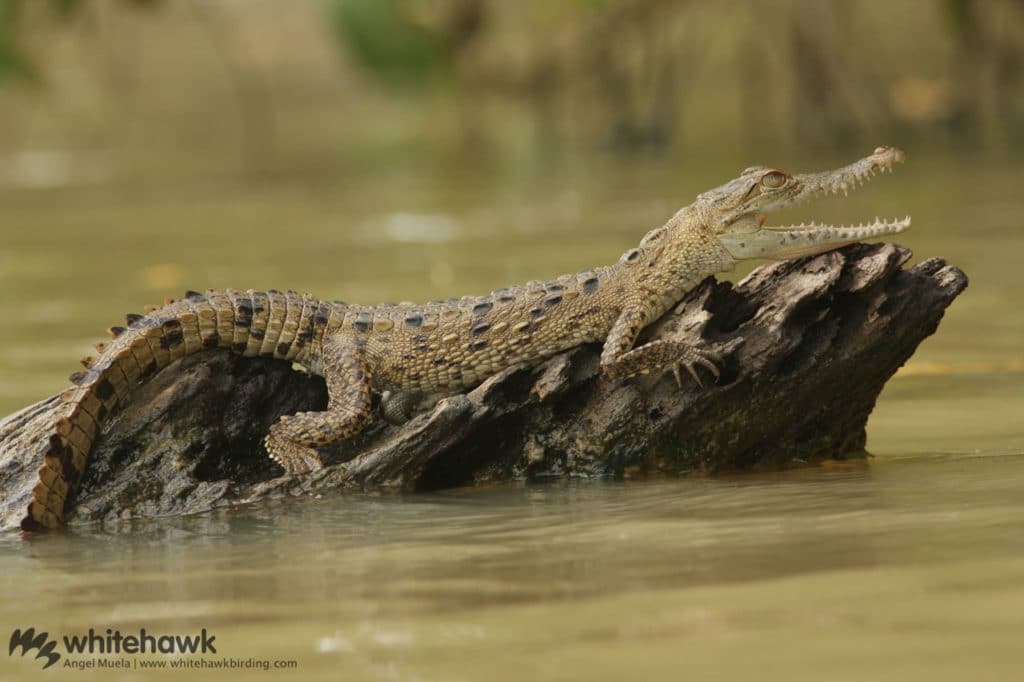
Join us for an incredible wildlife experience while birding the Panama Canal and Gatun Lake! Get in touch for more information and to book your tour, a great addition to your Panama birding adventure.

